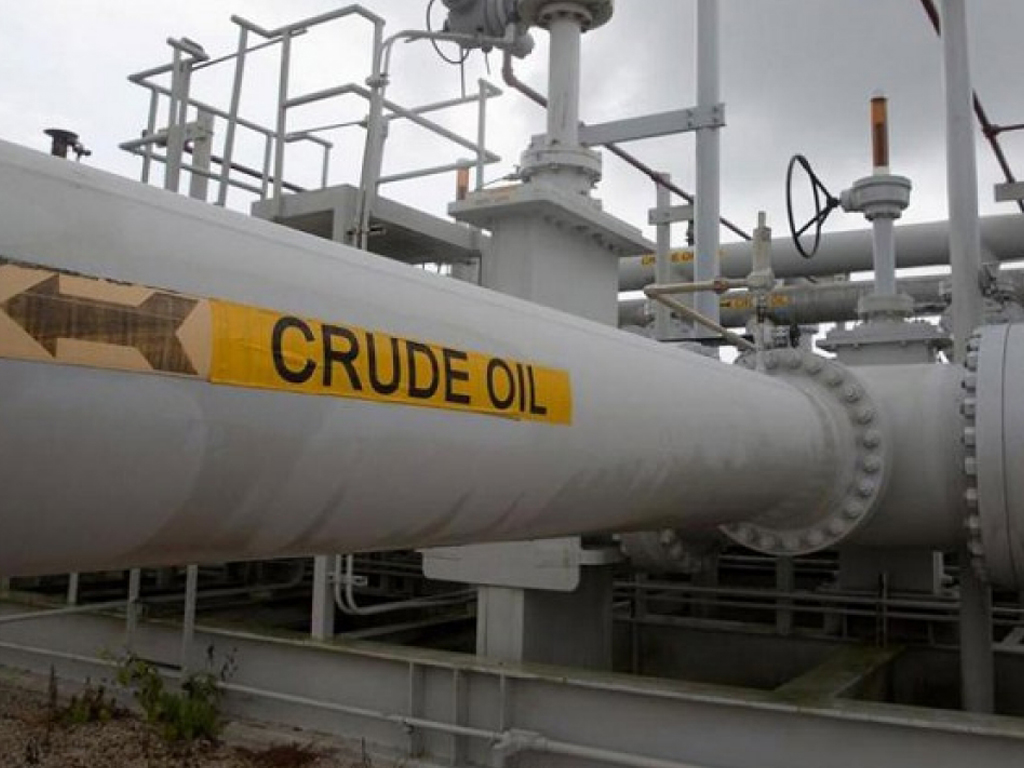 BEIJING: Russia came in as China’s largest crude oil supplier in December, cementing the top spot for all of 2018 for a third year in a row ahead of rival Saudi Arabia, customs data showed on Friday.
BEIJING: Russia came in as China’s largest crude oil supplier in December, cementing the top spot for all of 2018 for a third year in a row ahead of rival Saudi Arabia, customs data showed on Friday.
Imports from Russia reached 7.04 million tons, or 1.658 million barrels per day, in December, up 40 percent from 5.03 million tons a year earlier, according to the data from the General Administration of Customs.
For the full year, Russian imports rose to 71.49 million tons, or 1.43 million bpd, up 19.7 percent from 59.7 million tons in 2017.
Russian oil giant Rosneft has also marketed its ESPO grade more aggressively, signing new long term supply deals with state oil companies such as ChemChina and PetroChina.
Saudi Arabia supplied China with 6.97 million tons in December, or 1.64 million bpd, up 48 percent from 4.71 million tons a year earlier.
For 2018, OPEC’s top supplier boosted shipments to China by 8.7 percent to 56.73 million tons, or 1.135 million bpd.
That means Russia’s lead over Saudi Arabia in supplying China almost doubled to 295,000 bpd in 2018 from 150,000 bpd a year earlier.
U.S. shipments to China - which have been hit by a trade war between the two nations - came in at zero in December. Imports for 2018 were up 24.8 percent from 2017 at 245,616 bpd.
Chinese oil trader Unipec plans to resume U.S. crude shipments to China by March, Reuters reported in December.
Venezuelan supplies to China tumbled 24 percent in 2018 to 16.63 million tons, or 332,600 bpd, after the OPEC member’s production fell to a seven-decade low amid a lack of investment, mismanagement and fleeing workers.
Iranian imports were at 2.14 million tons in December, or 503,896 bpd, down 12 percent from a year earlier.
Full year Iranian imports dropped to 29.274 million tons, or 585,475 bpd, down 20 percent from 2017 after the United States imposed sanction on Tehran over its disputed nuclear program.
China is among the countries that were granted a waiver from sanctions on Iranian oil imports, allowed to buy 360,000 bpd of oil for 180 days until May.

























Comments
Comments are closed.